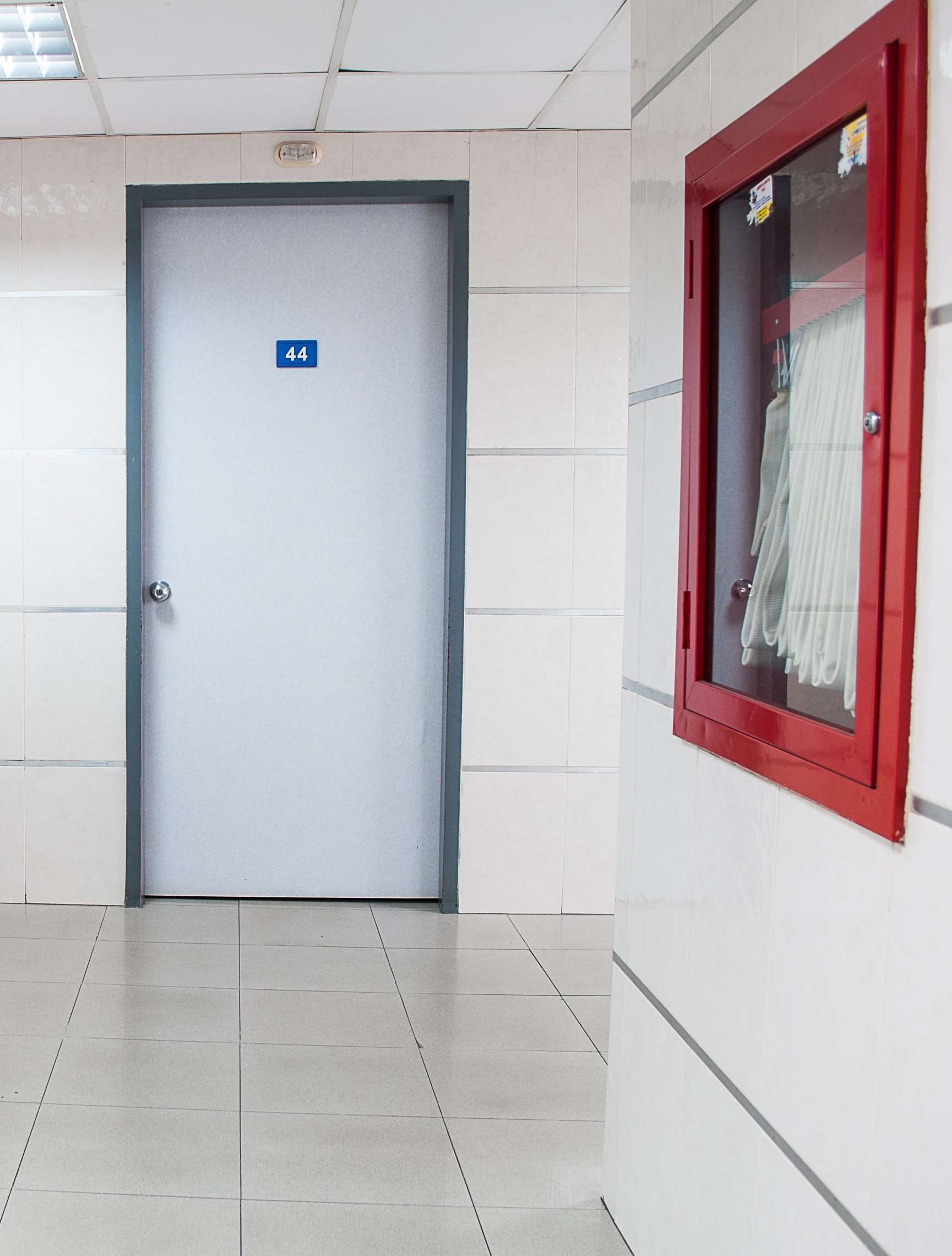Pinpoint’s safety systems play a vital role in protecting patients in mental health units. In addition to patient WristPITs that residents can activate when in need of assistance, Pinpoint also offer a door top alarm interface that reduces the risks of self-harm in inpatients.
Research looking at the rates of suicide in mental health facilities in the UK between 1999 and 2007 found that 77% were by hanging. According to the National Confidential Inquiry into Suicide and Safety (2016), strangulation continues to be the most common method of suicide in psychiatric wards. Doors present a significant risk due to their ligature points and are known to be one of the most common methods for hanging in mental health units.
Pinpoint’s safety systems minimise the risk of a patient inflicting harm on themselves or others through an advanced door top alarm interface. When a ligature event seems to be occurring, the door top alarm interface is triggered, activating the Pinpoint System, and alerting a response team to the exact location of the potential incident.
In addition to staff receiving an alert on the Pinpoint displays, Pinpoint’s Over Door Lights will also display to guide staff to the door issuing the alarm. This integrated approach allows for an efficient response to the patient at risk.
The swift activation of the door top alarm interface allows staff to act quickly in case of an emergency, thereby minimising harm and reducing the risk of suicide by door strangulation in mental health wards.
Healthcare workers, and the loved ones of ward residents, can be reassured that robust measures are in place to prevent self-harm among patients while maintaining their privacy and being supportive of their recovery.
Are your patients at risk of self-harm? Speak to one of our specialists here to discuss your safety needs.

